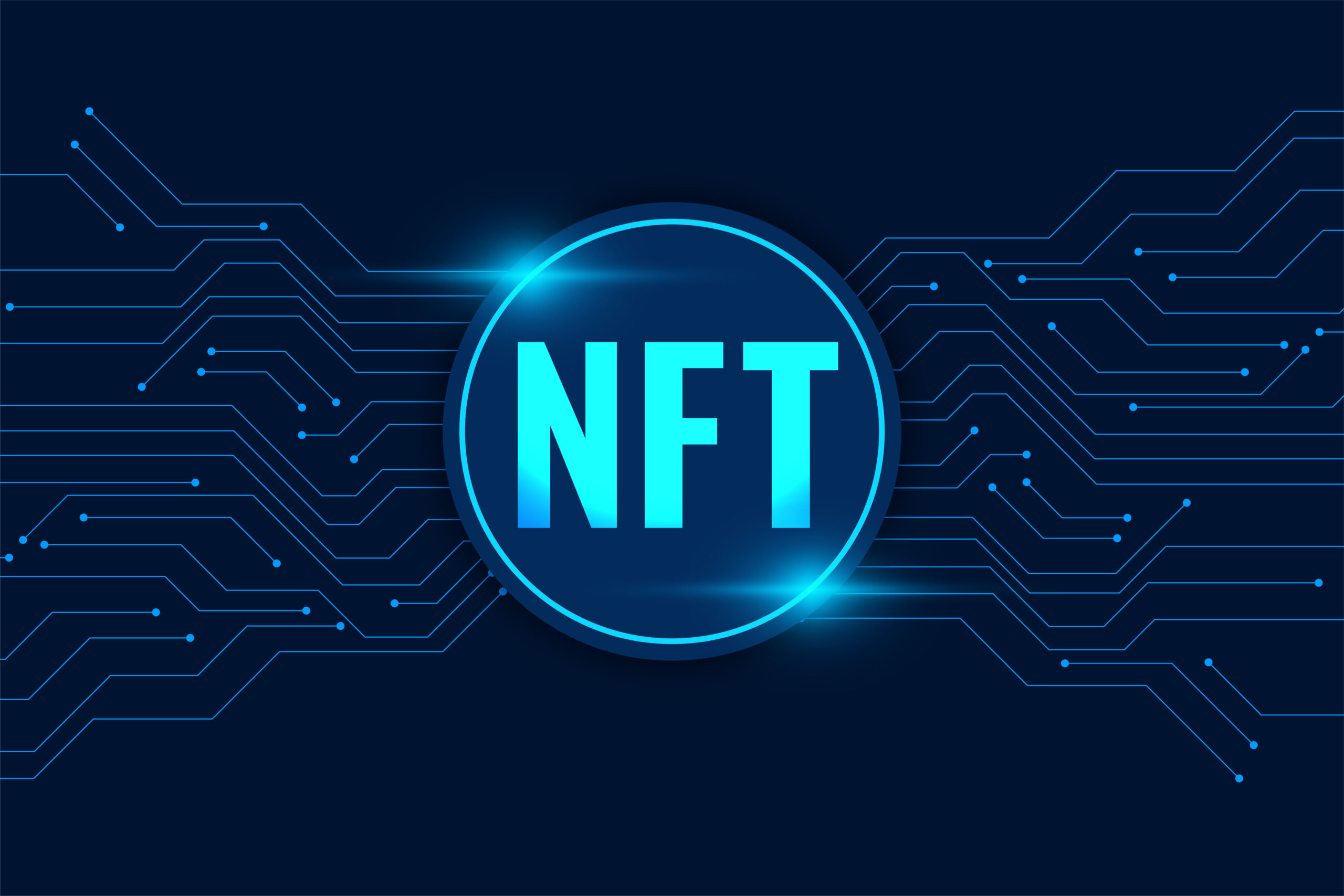Blockchain promises unmatched transparency and security—yet its flaws challenge everything we thought about trust in the digital world. This changes how data lives forever.
What are Blockchains? If you’ve been wondering about the buzz around cryptocurrencies and Web3, you’ve likely encountered the term “blockchain.” But what exactly is it? At its core, blockchain is the technology that powers digital currencies like Bitcoin and Ethereum. Yet, it’s much more than just a ledger for crypto transactions.
Blockchain is like a digital record book shared across thousands of computers worldwide. Instead of a single authority, it relies on distributed consensus. Everyone on the network agrees on the state of the data, making cheating or fraud really tricky. This tech uses a chain of blocks, each containing batches of transaction records, linked together by cryptographic hashes. This structure ensures the security, transparency, and immutability of data.
“Blockchain offers an unprecedented level of transparency and security, creating trust where none previously existed.” — Don Tapscott, Author and Blockchain Expert
Don’t let the fancy words confuse you. Here’s the deal—each “block” is a container of information. Inside, you find details like transaction data, timestamps, and a unique digital fingerprint called a hash. A hash works like a molecular structure for the data—change even a tiny part, and everything looks different. This system is crucial because every block refers back to the hash of the block before it, creating a chain. Mess with one block, and you break the chain’s consistency. The network quickly detects this and rejects bad changes.
One might ask, why is this important? Transparency is a key to trust. When every participant in the network can verify transactions independently, you don’t need a middleman. No banks, no central authority deciding who gets what or when. That’s precisely what drives the hype around decentralization in blockchain technology.
But what about consensus? Blockchain networks use different algorithms to agree on the latest valid transactions. The most famous is Proof of Work (PoW), used by Bitcoin. It requires miners to solve complex puzzles to add new blocks.
As IBM explains, “Distributed consensus protocols enable a network to communicate and agree on changes to the ledger in a secure and scalable way.”
There are other consensus methods too, like Proof of Stake (PoS), which aim to reduce energy consumption. Keep in mind, these mechanisms aren’t just tech jargon—they fundamentally shape how blockchains operate and maintain trust.
Then we have immutability. Once a block is added, it can’t be changed or deleted. It’s a permanent, unalterable record. Sounds dramatic? It is. This feature deters fraud and censorship, offering a permanent history of all transactions.
But does this mean blockchains are flawless? Far from it. Scalability issues, high energy use in traditional PoW systems, and regulatory uncertainty leave a lot to be solved. Yet, blockchain’s ability to bring transparency and decentralization to applications beyond money—think supply chains, voting systems, or digital identity—turns heads in tech circles.
“Blockchain technology can transform the way we establish trust in digital information.” — Vitalik Buterin, Ethereum Co-founder
In the realm of Web3, blockchains provide the backbone for decentralized applications. These apps don’t rely on servers controlled by a single company. Instead, they live on the blockchain, making services more resistant to censorship and single points of failure.
So to sum it up, blockchains are public, decentralized, cryptographically secured ledgers. They provide transparency, keep records safe through immutability, and use consensus to manage how new data is appended. This combination has sparked a revolution in digital trust and what we can do with the internet.
Disclaimer
The information on this website is for educational purposes only, and investing carries risks. Always do your research before investing, and be prepared for potential losses.
18+ and Gambling: Online gambling rules vary by country; please follow them. This website provides entertainment content, and using it means you accept out terms. We may include partnership links, but they don't affect our ratings or recommendations.
Crypto promotions on this site do not comply with the UK Financial Promotions Regime and are not intended for UK consumers.





